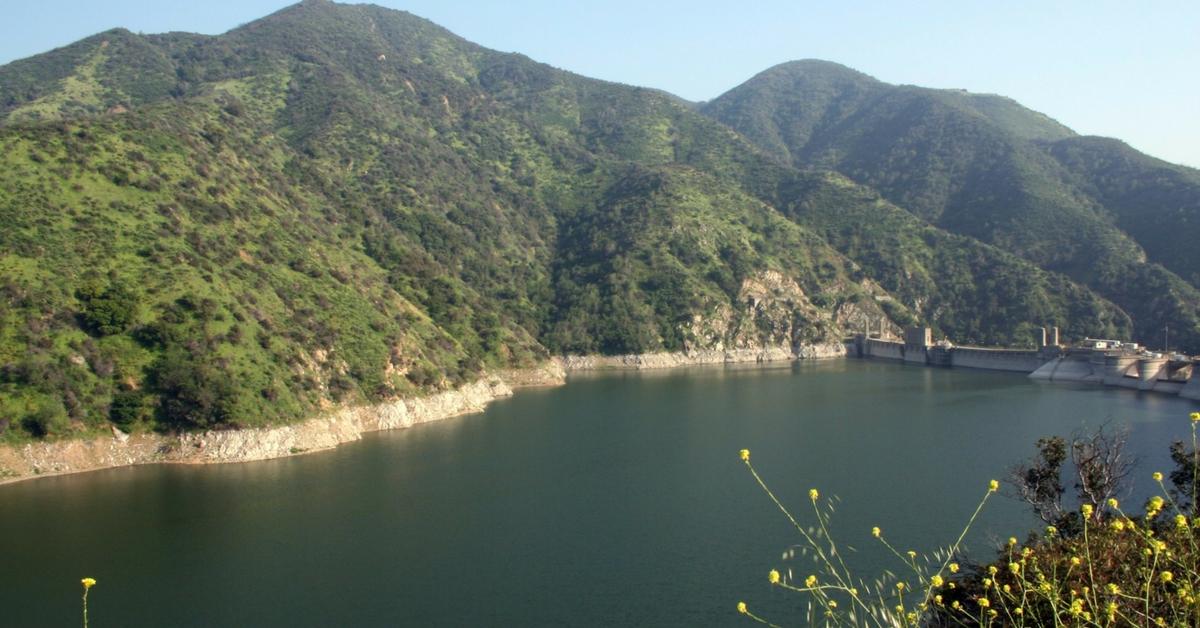What's The Difference Between Highland And Lowland Reservoirs?
Knowing the difference between highland and lowland reservoirs helps you determine which patterns and techniques work best on the lake you intend to fish.
Lowland Reservoirs
Generally a "lowland reservoir" is more fertile with off-color water, shallower water and more cover, such as flooded timber. Sam Rayburn and Toledo Bend are classic examples of lowland reservoirs. Key targets for catching bass on lowland reservoirs include backs of creeks, tributaries, offshore humps, standing timber, grass beds and milfoil.A lowland reservoir both cools and heats faster than an upland impoundment. Shallow water absorbs heat, so in a lake with lots of shallow bays the water in those areas warm faster from the sunlight because there is less water volume and depth for the sun’s rays to warm. These areas also cool faster because they lose heat faster.
Highland Reservoirs
Highland lakes have real steep bluff banks at least in the lower end of the reservoir. Good examples of highland reservoirs are Table Rock and Bull Shoals. A highland reservoir takes longer to heat up in spring but it also takes longer to cool down because of deeper water. The best spots to try for bass on highland reservoirs include channel swings, points, bluffs, sunken brush piles and rock piles.
What To Throw In Lowland Reservoirs
Square-bill crankbaits, spinnerbaits, flipping jigs and soft plastic creature baits are productive lures to throw in the dirty waters of lowland reservoirs.
What To Throw In Highland Reservoirs
Lures to try in the deep waters of highland reservoirs include deep-diving crankbaits, football jigs, jigging spoons and a variety of soft plastic finesse baits. A spinnerbait also works well on highland reservoirs, especially when burning it back at a fast retrieve where the lure is just bulging the surface across open water. In a clear-water situation like that, bass will streak up from depths of 20 to 25 feet to blast the blade bait.Highland lakes offer better fishing in the late fall, winter and early spring. Lowland lakes are generally less productive during the winter or in any cold weather during the fall or springtime.
Highland And Lowland Reservoirs Combos
There are also lakes with both highland and lowland reservoirs characteristics such as my home waters of Lake of the Ozarks or Grand Lake O’ the Cherokees. These lakes have both steep bluffs and clear water on the lower ends and shallow, dirty water in the upper ends.So if you have both types of reservoirs in your area, or combinations of both, you can enjoy good bass fishing year-round!
Updated November 1st, 2017 at 12:34 PM CT


